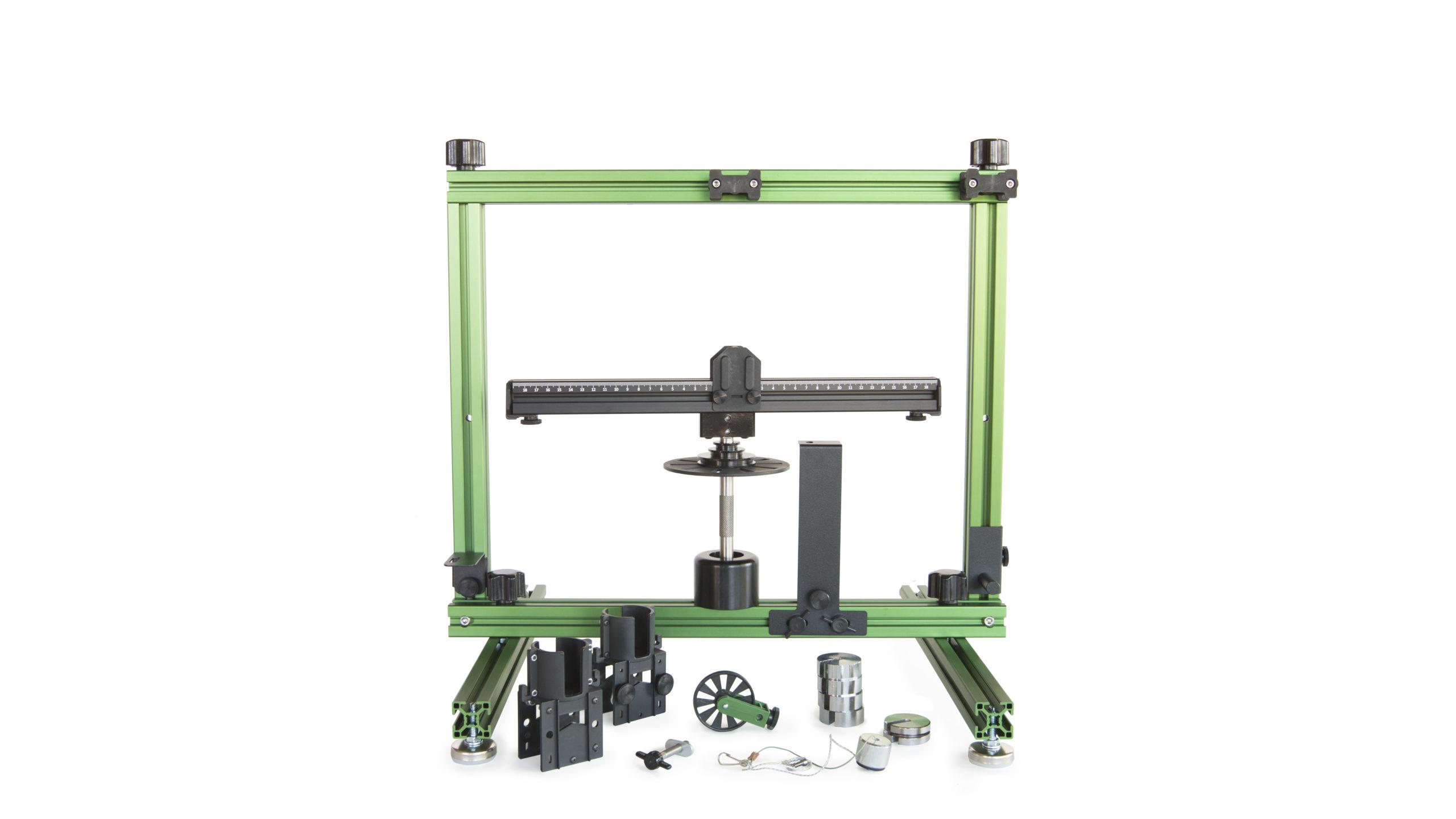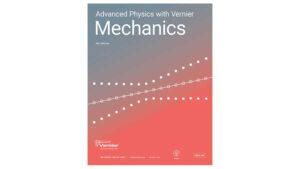Conservation of Angular Momentum
Experiment #14 from Advanced Physics with Vernier — Mechanics
- Subject
- Physics
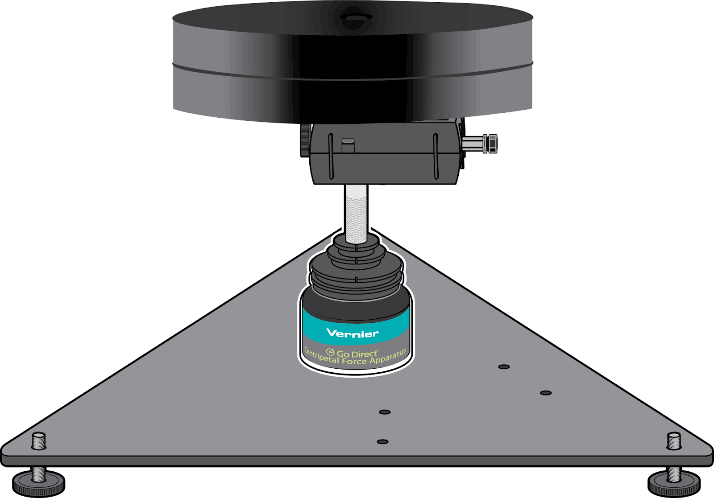
Introduction
In your study of linear momentum, you learned that, in the absence of an unbalanced external force, the momentum of a system remains constant. In this experiment, you will examine how the angular momentum of a rotating system responds to changes in the moment of inertia, I.
Objectives
In this experiment, you will
- Collect angle vs. time and angular velocity vs. time data for rotating systems.
- Analyze the θ-t and ω-t graphs both before and after changes in the moment of inertia.
- Determine the effect of changes in the moment of inertia on the angular momentum of the system.
Sensors and Equipment
This experiment features the following sensors and equipment. Additional equipment may be required.
Option 1
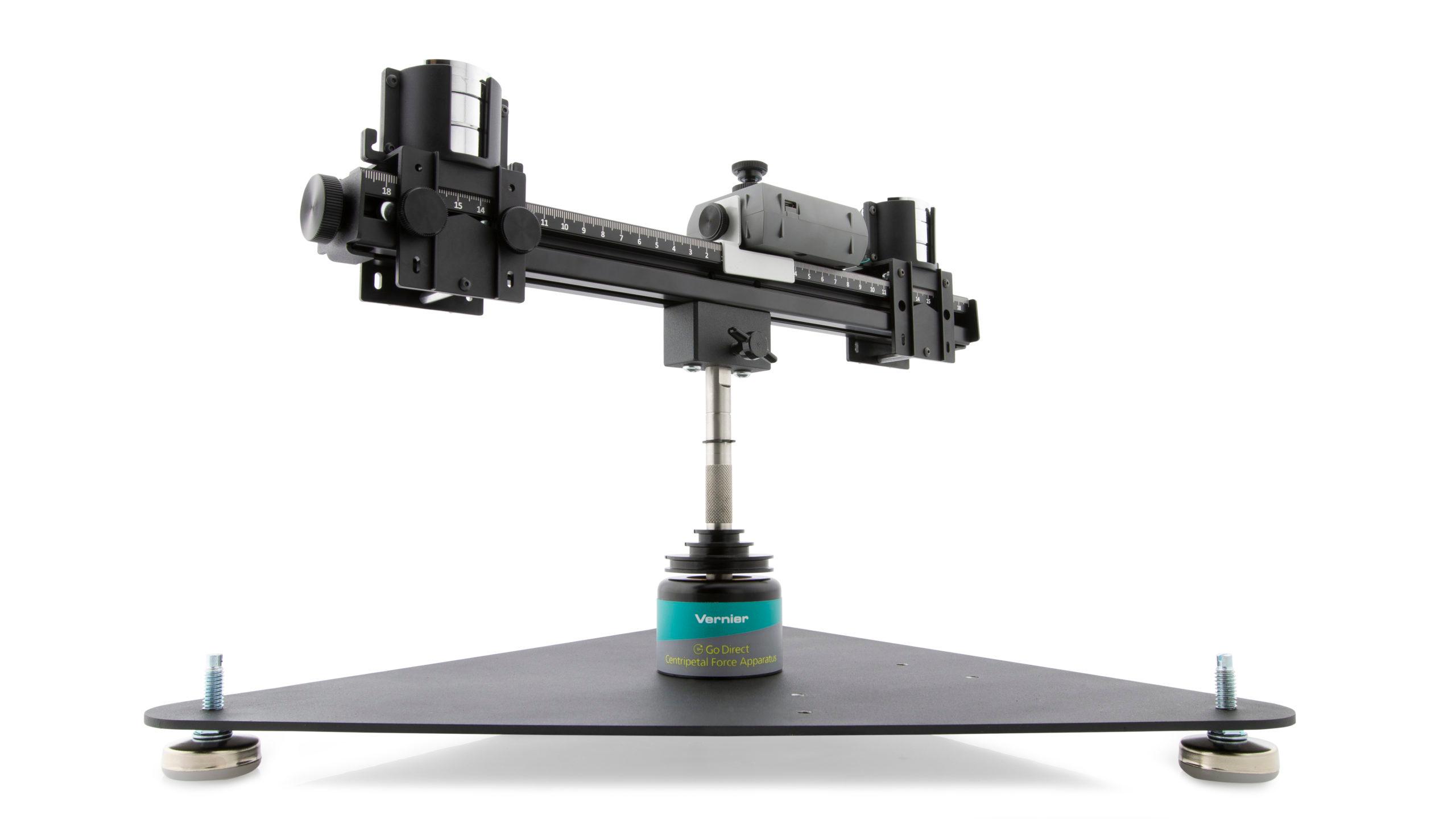
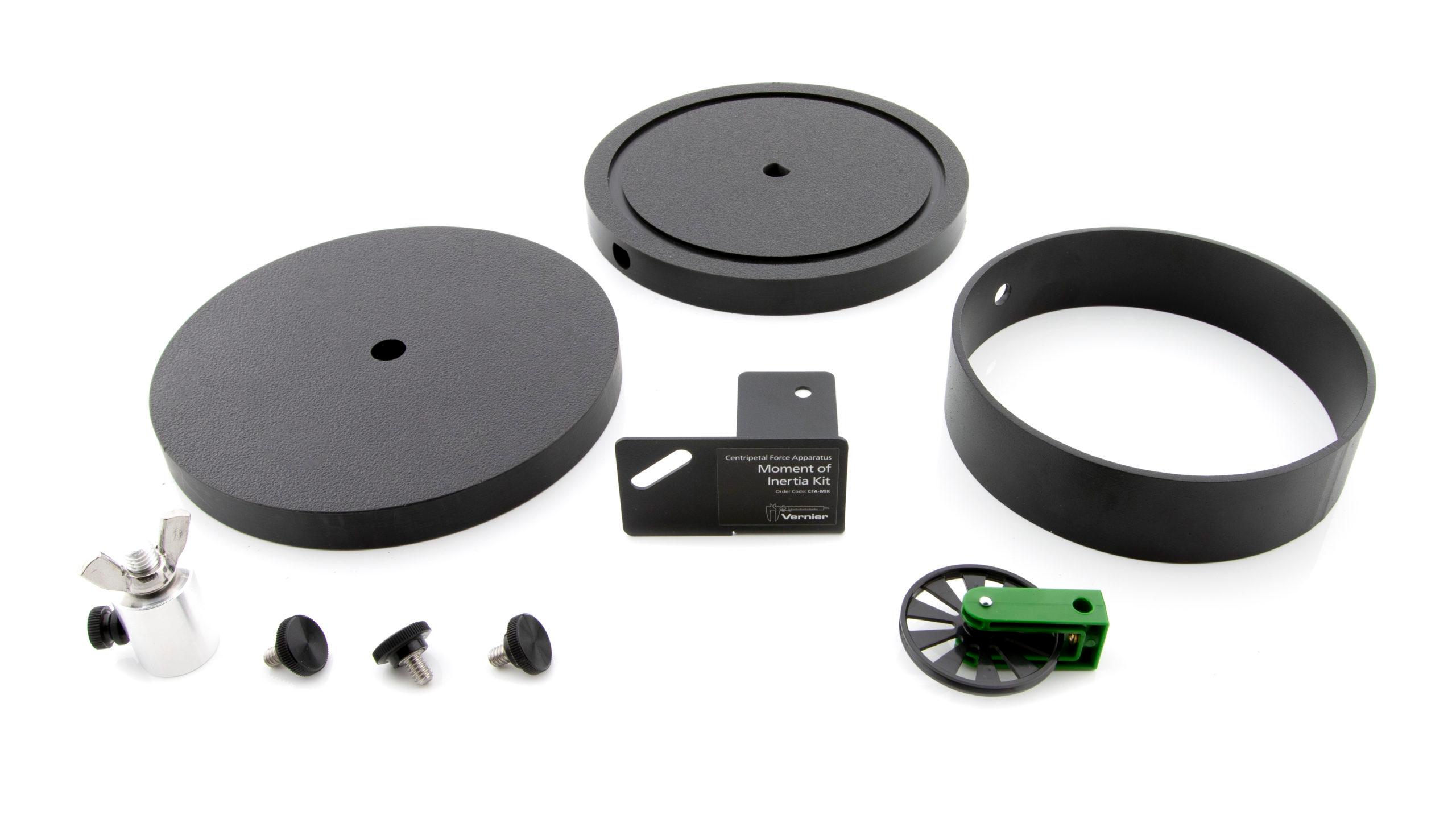
Correlations
Teaching to an educational standard? This experiment supports the standards below.
- International Baccalaureate (IB) 2025/Physics
- The students should understand that the moment of inertia I depends on the distribution of mass of an extended body about an axis of rotation
- The students should understand the moment of inertia for a system of point masses as given by I = Σmr2
- The students should understand that an extended body rotating with an angular speed has an angular momentum L as given by L = Iω
- The students should understand that angular momentum remains constant unless the body is acted upon by a resultant torque
- The students should understand that the action of a resultant torque constitutes an angular impulse ΔL as given by ΔL = τΔt = Δ(Iω)
Ready to Experiment?
Ask an Expert
Get answers to your questions about how to teach this experiment with our support team.
- Call toll-free: 888-837-6437
- Chat with Us
- Email support@vernier.com
Purchase the Lab Book
This experiment is #14 of Advanced Physics with Vernier — Mechanics. The experiment in the book includes student instructions as well as instructor information for set up, helpful hints, and sample graphs and data.


